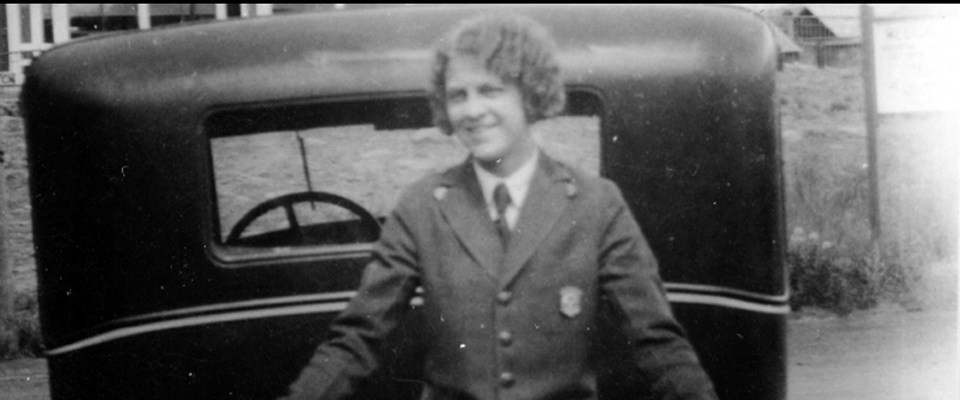
NPS Implementing the National Park Service MissionThe National Park Service mission statement expresses the dual responsibility of preserving parks in their natural state (or, at historical areas, to preserve a scene as nearly as it appeared on a certain date), and making these areas accessible for public use and enjoyment. These two fundamental goals can be incompatible and present difficult choices; two policies provide some direction:
International LeadershipThe National Park Service example has inspired countries around the world to establish more than 100 national parks—modeled in whole or part on Yellowstone National Park and the National Park Service idea. Additionally, the National Park Service lends its experienced staff to other countries to evaluate park proposals, management plans, and resource issues. As the first national park, Yellowstone also continues to be a leader in developing and implementing policies in the National Park Service. The National Park Service manages approximately 83 million acres in all 50 states, the Virgin Islands, Puerto Rico, Guam, and American Samoa.
Total National Park Service SitesAs of January 8, 2020. Complete list of NPS sites.
More Information

Park History
Learn about Yellowstone's story from the earliest humans to today. 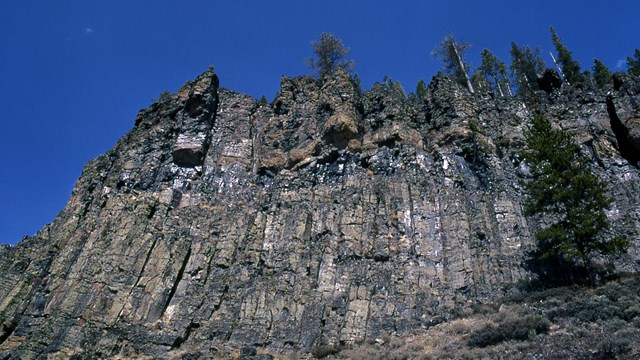
The Earliest Humans in Yellowstone
Human occupation of this area seems to follow environmental changes of the last 15,000 years. 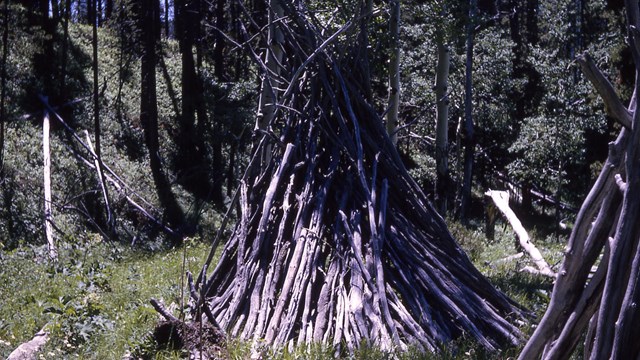
Historic Tribes
Many tribes have a traditional connection to this region and its resources. 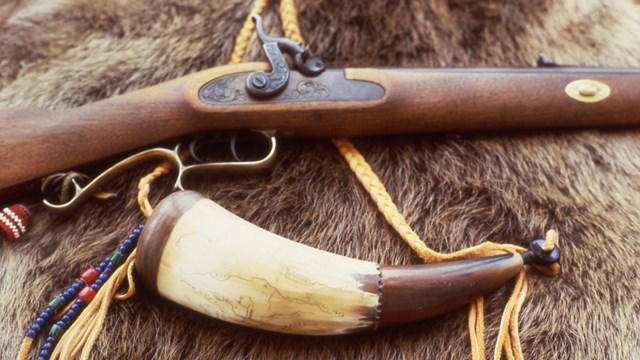
European Americans Arrive
In the late 1700s, fur traders traveled the Yellowstone River in search of Native Americans with whom to trade. 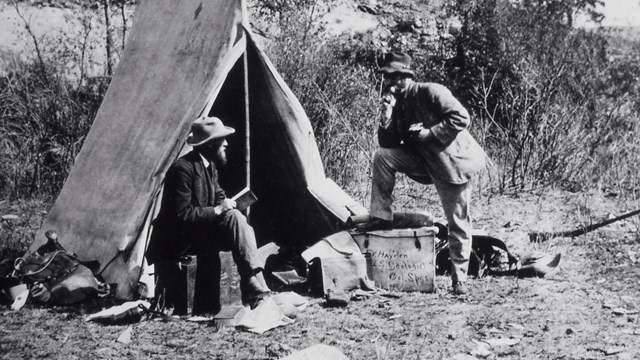
Expeditions Explore Yellowstone
Formal expeditions mapped and explored the area, leading to the nation's understanding of the region. 
Birth of a National Park
Learn about Yellowstone's early days as a national park. 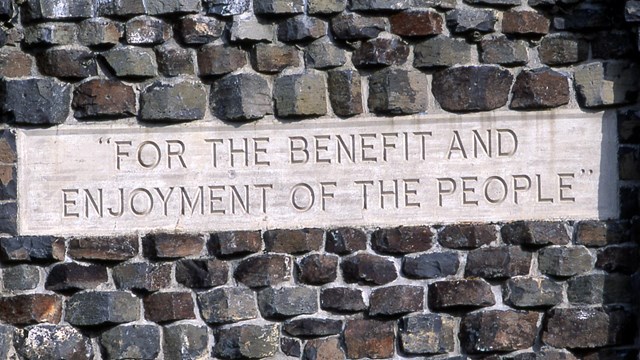
Modern Management
Managing the national park has evolved over time and dealt with some complex issues. 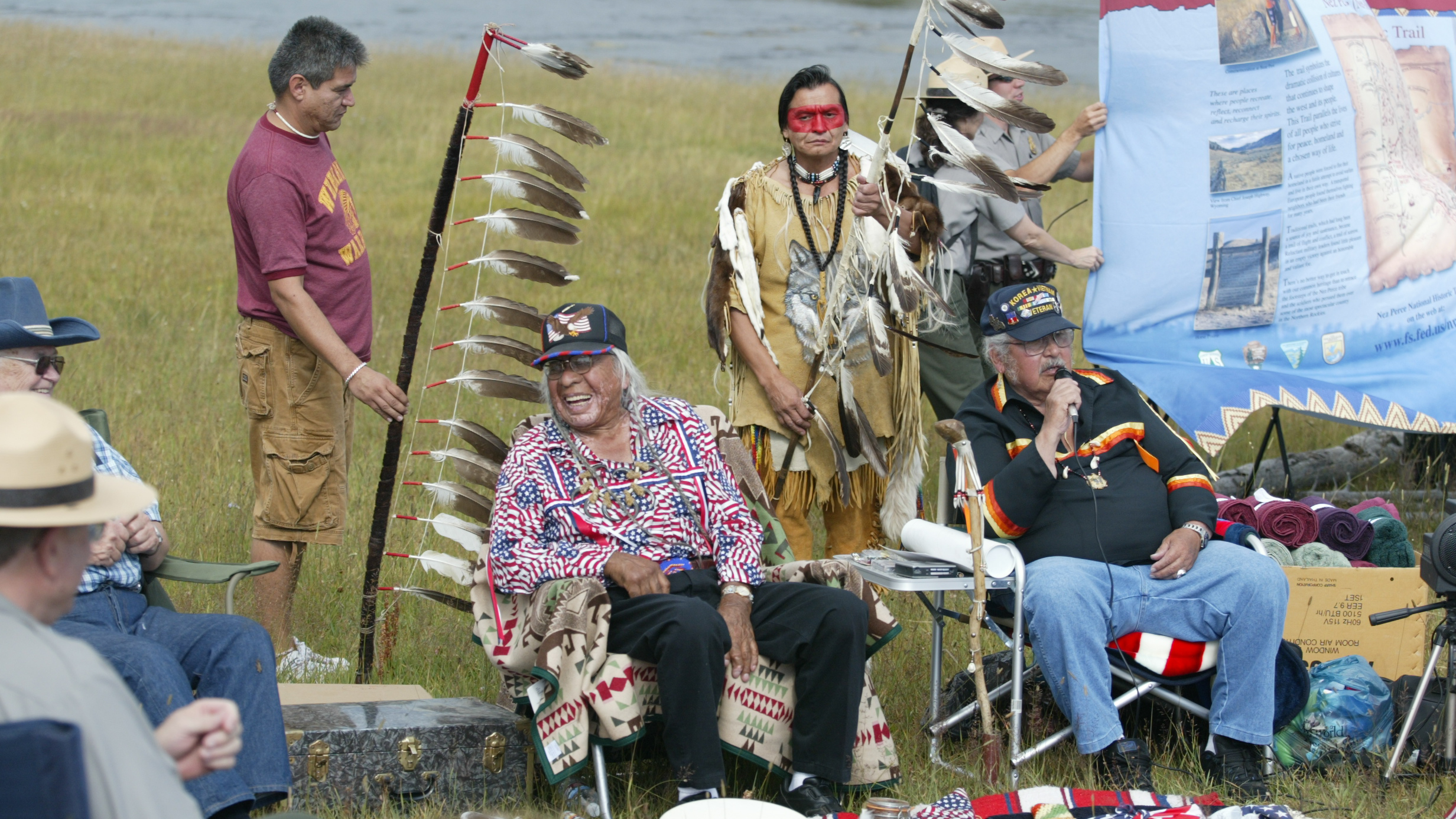
Timeline of Human History in Yellowstone
The human history of the Yellowstone region goes back more than 11,000 years. |
Last updated: August 17, 2020
